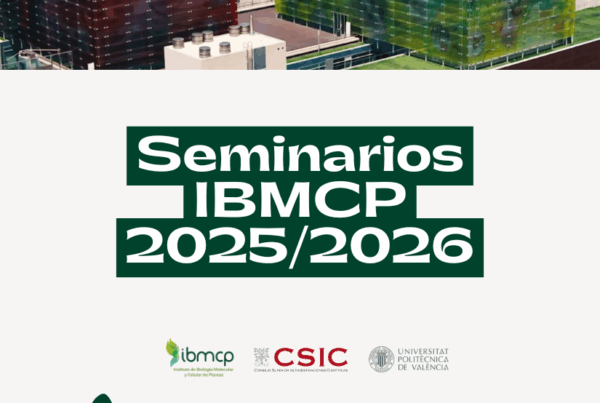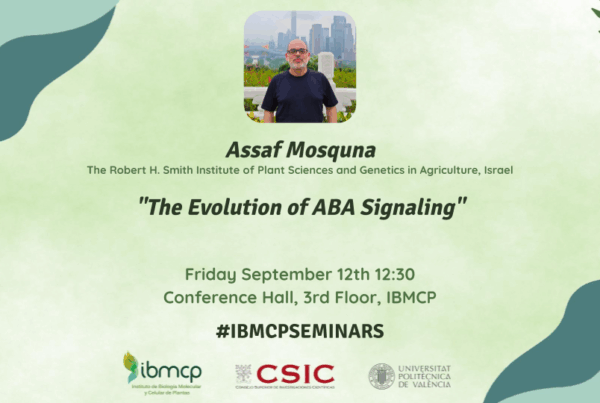Prof. Pilar Cubas. Centro Nacional de Biotecnología (CNB, Madrid).
“Bud dormancy: a plant strategy for resilience and survival”
Abstract
Living organisms have evolved diverse strategies to survive under stressful and resource-limited conditions, often by dramatically reducing their metabolic and cellular activity. In many organisms, the absence of essential nutrients triggers a reversible state of dormancy or quiescence. In higher plants, axillary bud dormancy plays a critical role not only in perennial species’ survival during winter but also in the ability of both annual and perennial species to adapt to fluctuating, often energy-limiting environments. Axillary buds form in the axils of leaves, and whether they remain dormant or resume growth is controlled at the whole-plant level. This decision depends on a complex network of environmental and internal cues, including nutrient and water status, light conditions, and the functional balance between source and sink organs. These cues are integrated and translated into a local response in the axillary buds, determining their fate. Two major regulators coordinate this process: the phytohormone strigolactone, which acts systemically, and the transcription factor BRANCHED1 (BRC1), which locally orchestrates the gene transcriptional networks responsible for growth arrest. In this talk, I will present our recent findings on the interplay between strigolactone signaling and BRC1 in the regulation of axillary bud dormancy.
Pilar Cubas
Bio
Pilar Cubas has a PhD in Biological Sciences from the Universidad Autónoma de Madrid, where she studied how sensory organs form in Drosophila melanogaster in Juan Modolell’s lab at the Molecular Biology Centre Severo Ochoa, Madrid. As a postdoc, she worked in Rico Coen’s lab at the John Innes Institute in Norwich, UK, where she discovered the TCP domain, a key feature of a family of plant transcription factors. She also explored how the CYCLOIDEA gene influenced the evolution of floral symmetry. In 2002 she became CSIC senior scientist and research group leader at the National Centre of Biotechnology, Madrid. Since then, her team has studied the gene regulatory networks controlling axillary bud development, activity and dormancy in the model system Arabidopsis thaliana, and in the crop species tomato and potato, species, in which the control of lateral shoot branching is of great agronomical interest. A primary focus of her research is the molecular activity, regulation, and evolution of the transcriptional regulator BRANCHED1, a TCP transcription factor that plays a central role in promoting axillary bud dormancy. BRANCHED1 has also been instrumental during crop domestication for the optimization of plant architecture.
https://www.cnb.csic.es/en/investigacion/departamentos/genetica-molecular-de-plantas/shoot-branching-control/If anyone is interested in meeting with the speaker, please contact Concha Gomez Mena(cgomezm@ibmcp.upv.es)








